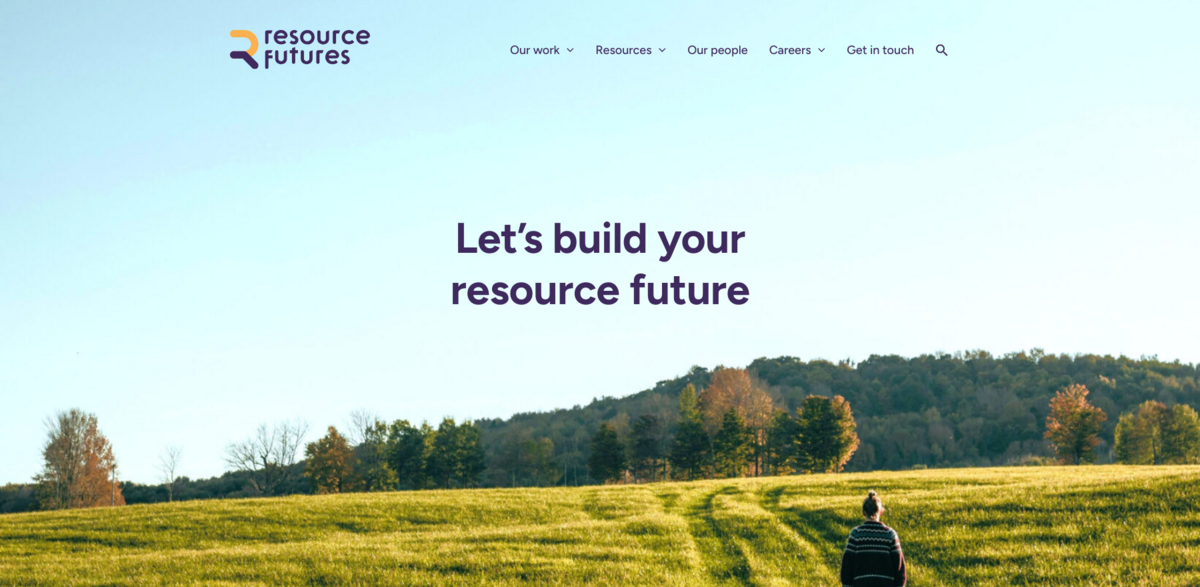What Resource Futures Is All About
Resource Futures helps governments, businesses, NGOs, and non-profits embrace regenerative change and rebalance their relationship with resources. It’s about moving away from wasteful practices and stepping into circular models that actively contribute to a climate-positive, socially enriching, and economically resilient future. Their work spans consulting, communities, and data — all aimed at navigating this journey toward sustainability and regeneration.
The Main Benefit of Their Approach
At the heart of Resource Futures’ work is a commitment to regenerative action. Here’s what that looks like in numbers and facts:
- Consulting services focused on reducing the impact of production and consumption through waste reduction, reuse, recycling, and circular business models.
- Community programs delivering vital initiatives around reuse, repair, and social impact for both place-based and interest-based groups.
- Data-driven solutions helping organisations and governments understand what’s being discarded and recycled — and by whom — to improve material recovery and management.
- Clients include governments, businesses, NGOs, and non-profits, showing a broad and impactful reach.
- Projects tackling real-world challenges like illegal waste disposal, aerosol recycling, and plastic pollution flooding risks.
Consulting That Drives Circular Change
Consulting at Resource Futures isn’t just about advice — it’s about action. They assist partners in reducing the environmental footprint of production and consumption by promoting circular business models. This means focusing on waste reduction, reuse, and recycling strategies that close the loop on materials. The goal? To create systems that are restorative rather than extractive, helping businesses and organisations become part of the solution to the climate crisis.
Building Strong Communities Around Reuse and Repair
Communities are at the core of regenerative change. Resource Futures has a proven track record of delivering programmes that foster reuse, repair, and social impact. Whether it’s a community of place or interest, these initiatives empower people to engage with sustainability in a hands-on way. This grassroots engagement is crucial for building momentum and embedding circular economy principles into everyday life.
Harnessing Data for Smarter Resource Management
Data is a powerful tool in the fight against waste. Resource Futures helps organisations and governments get a clear picture of what’s being discarded and recycled, and by whom. This insight drives smarter decisions and technological solutions that improve material recovery and management. It’s about turning information into action — making sure resources are used efficiently and waste is minimized.
Project Impact: Aligning with Global Goals
- SDG 11: Sustainable Cities and Communities
- SDG 12: Responsible Consumption and Production
- SDG 13: Climate Action
- SDG 14: Life Below Water (addressing plastic pollution)
- SDG 15: Life on Land (tackling illegal waste disposal)
Why Regenerative Thinking Matters
Resource Futures was founded on a simple but radical idea: regenerative thinking and collective action aren’t obstacles to a positive future — they’re the key to it. Embracing circular thinking first means putting sustainability, restoration, and resilience at the heart of how organisations operate. It’s a mindset shift that benefits business, society, and the planet alike. Together, this approach can unlock a regenerative future that’s not just possible, but within reach.





















